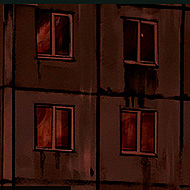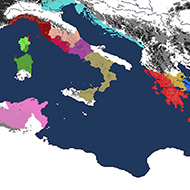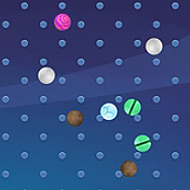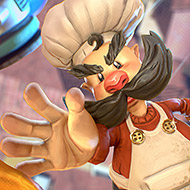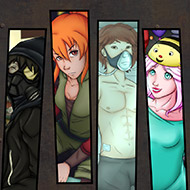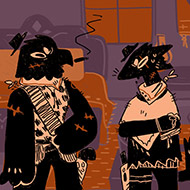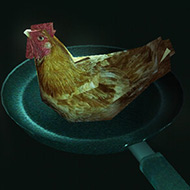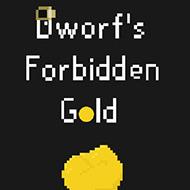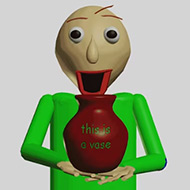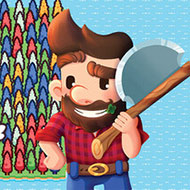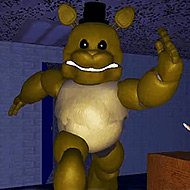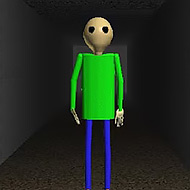Pico Park 3 expands the familiar cooperative gameplay of the series by adding more complex mechanics, new movement patterns, and interdependent puzzles that require constant player coordination. Whether played solo with multitasking or with friends, communication is key.
Working as One Unit
The core of Pico Park 3 revolves around multi-character problem-solving. Each level introduces challenges that can’t be completed by a single character. From balancing switches to synchronized jumping, the puzzles demand coordination and timing.
- Stacking Puzzles: Players must climb on each other to reach distant platforms.
- Key Sharing: Only one player can hold a key, but everyone must make it to the door.
- Rope Mechanics: Characters are connected in certain levels, forcing cooperation in movement.
Level Progression and Puzzle Themes
Pico Park 3 is organized into clusters of themed challenges. Each set introduces new mechanics, testing both the player’s understanding and their ability to apply old tools in unfamiliar ways.
- Basic Set: Focuses on platforming, timing, and shared switches.
- Timed Set: Adds countdown challenges requiring fast movement.
- Motion Set: Introduces moving obstacles and limited input control.
Complexity and Replay Tactics
Despite its simple visual style, the game grows increasingly intricate. Some puzzles offer multiple solutions, especially when players experiment with character stacking or alternate key handoffs. This depth encourages replays for more efficient or creative runs.
- Alternate Routes: Some levels hide shortcuts only accessible through advanced coordination.
- Speedplay Challenges: Players can try to beat levels within target times for added tension.
- Optional Objectives: Bonus collectibles are hidden behind tougher mechanics.
Pico Park 3 continues the cooperative platforming formula while adding thoughtful complexity. It rewards players who think as a team, plan movements, and aren’t afraid to try again when things don’t go as expected.















































